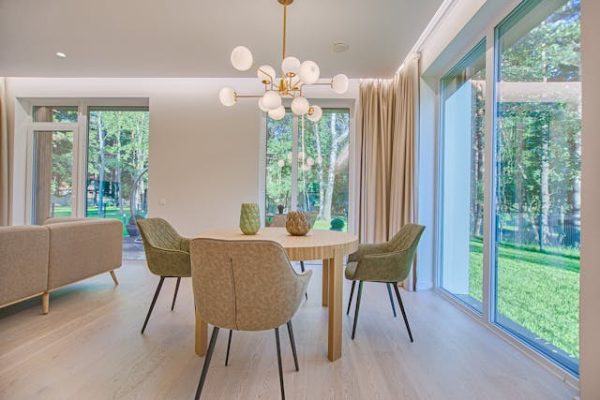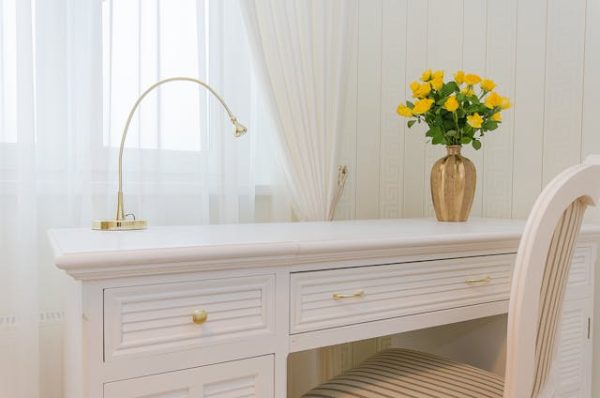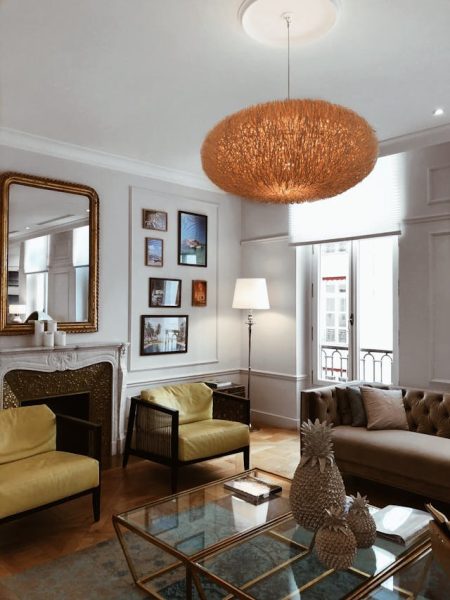Natural light does more than help you see; it sets the mood, changes how colours look, and even tells you where furniture feels right. You don’t need a renovation to make it work for you, though, just notice where the light lands, lean into what’s already there, and use a few smart tweaks. With everything from your home’s flooring, where you place your furniture, the window coverings, and more, you can create a space that shines in every situation.
Let’s take a look at how to map your home’s light, match each zone to the way it brightens and fades through the day, and choose finishes and lighting that keep things feeling calm from morning to night.

Learn your home’s light map (and use it)
Start by noticing what the sun actually does in your rooms. Where does light enter first thing in the morning? Which corners feel flat at midday? What starts to glow in the late afternoon? Snap quick photos at breakfast, lunch, and early evening, then look for patterns.
Be curious about what sits outside your windows. Trees give dappled light, brick walls bounce warm tones, water throws cool reflections, and neighbouring roofs can reflect a surprising amount of glare. Inside, pale walls and floors will spread light, while very dark surfaces soak it up.
Match function to daylight
Once you know how the light moves, put activities where the daylight suits them. Here are a few ideas to get you started:

- A desk loves steady, indirect light to cut down on glare
- Reading chairs feel right in corners with good morning light
- If you do makeup at home, aim for a spot with side light, not overhead shadows
- Dining tables are happiest close to windows, so evening meals catch the last glow
- Plants will tell you where they want to live. Start with the room’s rhythm, then let function follow
Find the right light for each task, and the space will work better, feel calmer, and make everyday routines flow.
Colour, contrast and your floors
Colour shifts over the day, so keep the palette tight: two dependable mains (often wall and floor) and one accent you repeat. Treat the floor as your biggest colour field: light hues make rooms feel lifted, mid-tones are steady and forgiving, deeper tones add drama that needs balancing above. If the floor reads heavy, lighten the centre with a pale rug; if it’s pale and lively, a textured flat-weave or chunky wool softens sparkle without dulling the room.
If you are updating, laminate flooring can give you a consistent undertone to build from, which makes colour matching at eye level much simpler. Contrast should earn its place: one inky picture frame or a deep bowl can be enough punctuation in a light scheme, while moodier rooms benefit from a repeated pale note where your eye lands first.

Control, don’t fight, the brightness
What about when you have too much light? You don’t have to choose between harsh sun and heavy blackout. Layering window treatments is a great way to fine tune the mood. Use sheers to soften daylight and keep rooms feeling floaty, or a lined curtain or blind to add privacy and insulation when you need it. If a room’s bright but glary, try a sheer during the day and a dimmable lamp at night so your eyes get a break.
Finishes matter too. Using matte or low-sheen paint calms bright walls that pick up glare, while a gentle satin on trims adds a crisp edge without turning shiny. On reflective surfaces, keep the shine measured. One glass tabletop or a glazed vase will liven things up without adding too much to the glare. A room full of gloss can feel hard, so think control rather than correction, for a smoother result.
Plan the layout to celebrate light
Think of windows as the stars of the room, not something to hide behind furniture. Give them space to shine: pull big pieces a little off the glass, keep sightlines open, and park low seating beside a window so you can enjoy the view without blocking it. Tall bookcases and wardrobes are happier on the darker side of the room, where they won’t steal the bounce.

Use mirrors with intent. Hang one where it reflects something worth seeing (a garden, a patch of sky) or place it on the neighbouring wall so it catches light on an angle. Got a flat, lifeless corner? An uplight or a small wall light that washes the surface will wake the colour right up. Leave a little breathing room around sills and doorways, as that bit of negative space is how light moves through the house.
Lighting that respects daylight
Artificial lighting should extend what the sun starts, not compete with it. Think in layers. Ambient light sets the base, task lights support what you do, and accent lights add a little theatre. How to do it? Here’s a few tips:
- Use a ceiling light for general brightness, but don’t rely on it alone.
- Add a floor lamp near seating for evenings, a table lamp for warm pools of light, and a couple of wall or shelf lights to lift shadows.
- Keep bulbs simple. Cooler rooms feel better with warmer looking light in the evening. Very sunny spaces often look truest under a clean, neutral white.
- Dimmers are your best friend because they let you tune the mood without changing fittings.
Planning a room around natural light is less about rules and more about rhythm. Learn how daylight behaves in your home, then let function, finishes, and furniture follow that flow. Keep sightlines to windows open, use colour and contrast with restraint, and let your floor anchor the palette as the light shifts. When the sun dips, layer soft, considered lighting that extends the feeling rather than replacing it. Do that, and your rooms will feel clearer and more inviting from morning to night.

